August 25, 2020
UV-C can deactivate the virus that causes COVID-19. But how safe is it?
As the world comes to terms with the first great global pandemic of our age, technology like UV-C disinfection lighting will play an ever more important part in our future.
We’ve talked about UV-C in our blog and social media in recent months and we’ve received one question more than any other: is it safe? So, in response, here’s a quick breakdown of how UV-C works and how it can be used in an effective and safer way to keep our shared spaces disinfected and hygienic.

We don’t come into contact with UV-C because it is filtered out by the ozone layer in the Earth’s atmosphere. The wavelength of UV-C light is shorter than the wavelength of the light we can see and spans the range of 100-280 nanometers (nm). It is most effective at inactivating viruses on or around 260-265nm, known as the ‘germicidal peak’. Signify’s UV-C lamps operate at 254nm, which is proven to be highly effective in inactivating viruses, bacteria and mold spores.
Humans and animals should not be exposed to germicidal UV-C light at this wavelength as it can cause damage to their skin and eyes in a matter of minutes1 of exposure. That said, provided that our UV-C products are used and installed correctly and in accordance with our user manuals and mounting instructions, UV-C is a reliable and highly effective form of disinfection, with safety risks mitigated by the appropriate safeguards put in place.
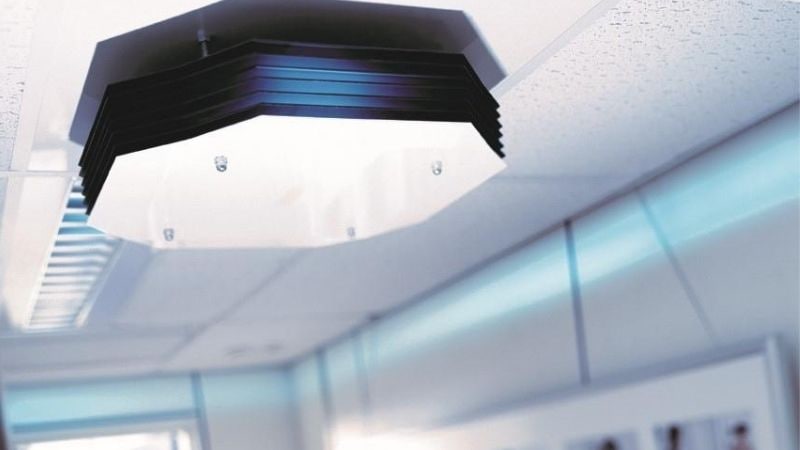
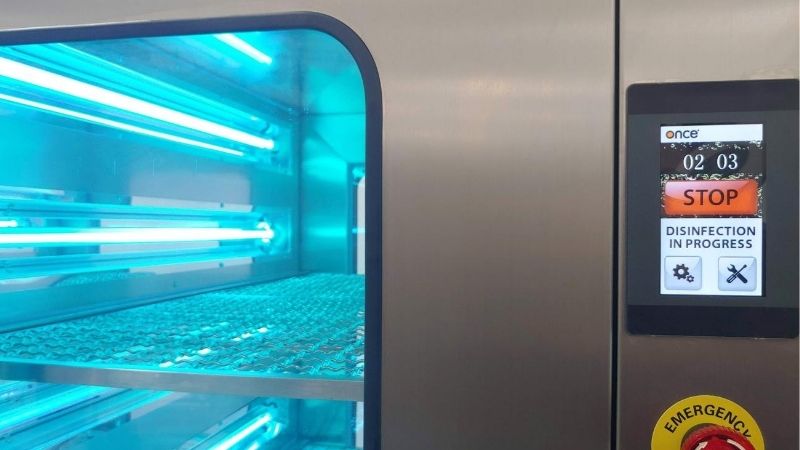
Where safety precautions are needed is during direct exposure of surfaces to a UV-C light source. This is the case, for example, with the disinfection of surfaces in an office or a bus. To prevent damage to eyes or skin resulting from direct exposure to UV-C light sources, no people or animals can be present during a UV-C surface disinfection cycle. That’s why surface disinfection cycles are typically run at night after all people have left the office or after the bus returns to the depot.
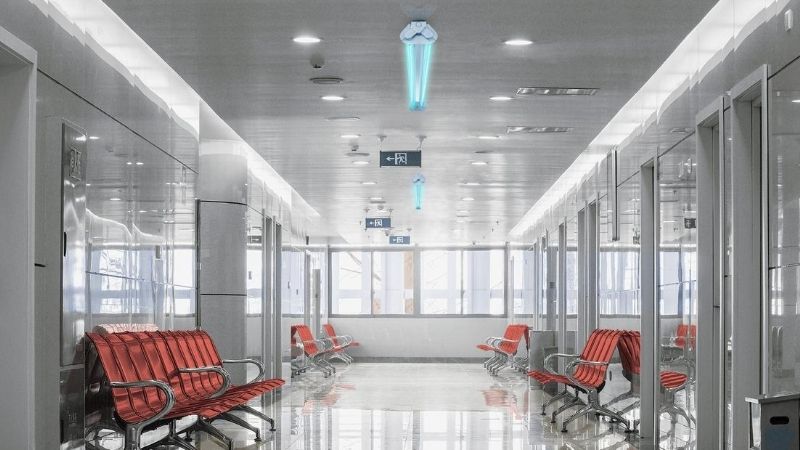
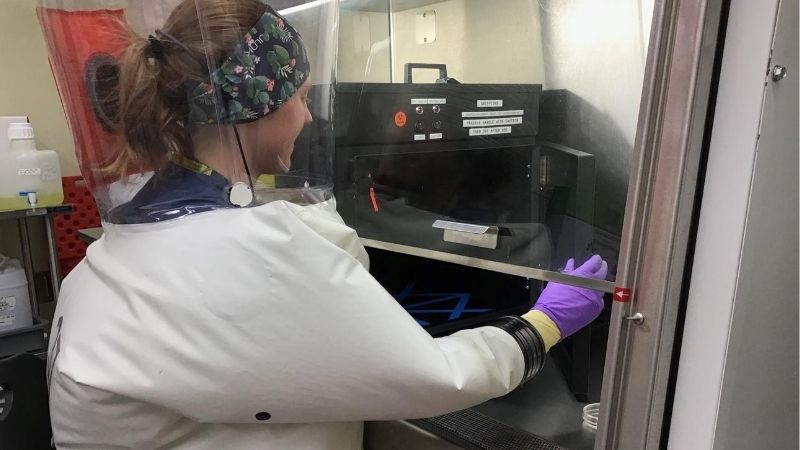
UV-C is very effective. All micro-organisms that have been tested so far for UV-C exposure were shown not to be resistant to UV-C light. Additionally, Boston University recently tested Signify germicidal UV-C light sources on SARS-CoV-2, the virus that causes COVID-19. The team applied a dose of 5mJ/cm2, resulting in a reduction in the virus of 99% in 6 seconds. Based on the data, it was determined that a dose of 22mJ/cm2 will result in a reduction of 99.9999% in 25 seconds.3
To further eliminate the risk of infection, UV-C should be used in combination with other disinfection methods like traditional scrubbing using chemical disinfectant. In high contact areas such as a gym, restroom or hospital treatment room, such additional safeguards ensure that areas that are shaded from the reach of the UV-C light are also disinfected.
To learn more about UV-C disinfection lighting, please see our UV-C information page.
1 Timing depends on the power of the UV-C source and proximity of the person to it. For most applications it is 1-2 minutes, although it can be shorter.
2 Other than medical devices.
3 The time it takes to disinfect depends on the power of the UV-C source and proximity to it. Disinfection times may therefore vary taking into account these parameters.
4 As of today, there is yet no scientific data available on the long term effects of direct exposure of people and/or animals to Far UV-C irradiation, so it can’t be said at this moment that Far UV-C is safer than UV-C.
Signify (Euronext: LIGHT) is the world leader in lighting for professionals, consumers and the Internet of Things. Our Philips products, Interact systems and data-enabled services, deliver business value and transform life in homes, buildings and public spaces. In 2023, we had sales of EUR 6.7 billion, approximately 32,000 employees and a presence in over 70 countries. We unlock the extraordinary potential of light for brighter lives and a better world. We have been in the Dow Jones Sustainability World Index since our IPO for seven consecutive years and have achieved the EcoVadis Platinum rating for four consecutive years, placing Signify in the top one percent of companies assessed. News from Signify can be found in the Newsroom, on X, LinkedIn and Instagram. Information for investors is located on the Investor Relations page.

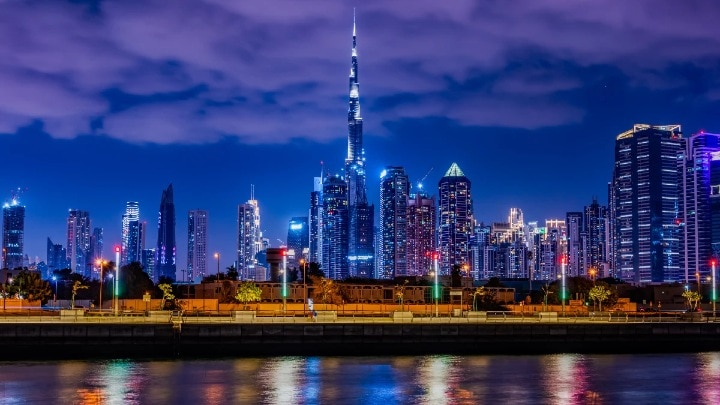
December 17, 2024
Transforming Dubai’s iconic buildings with connected lighting from Signify